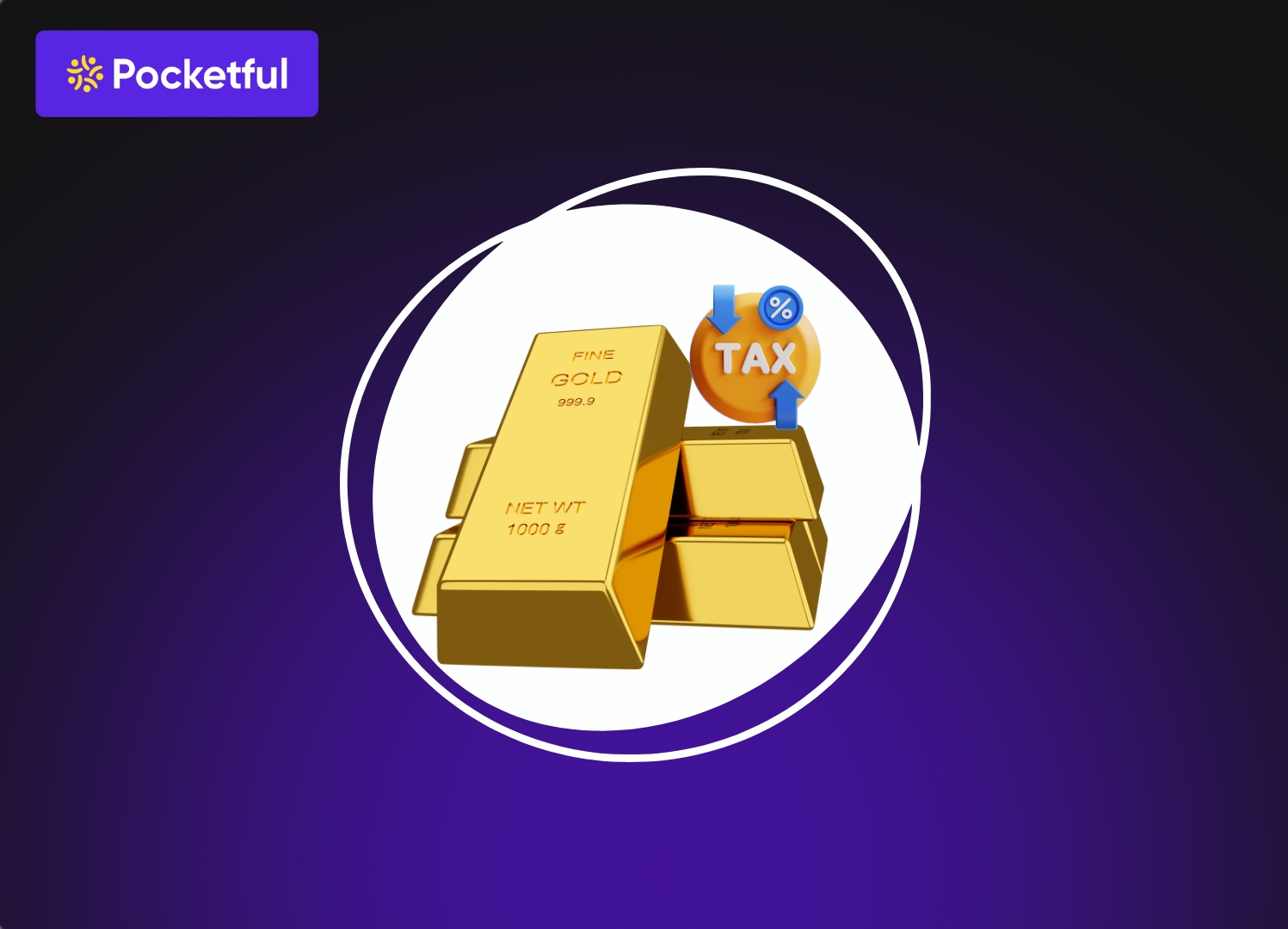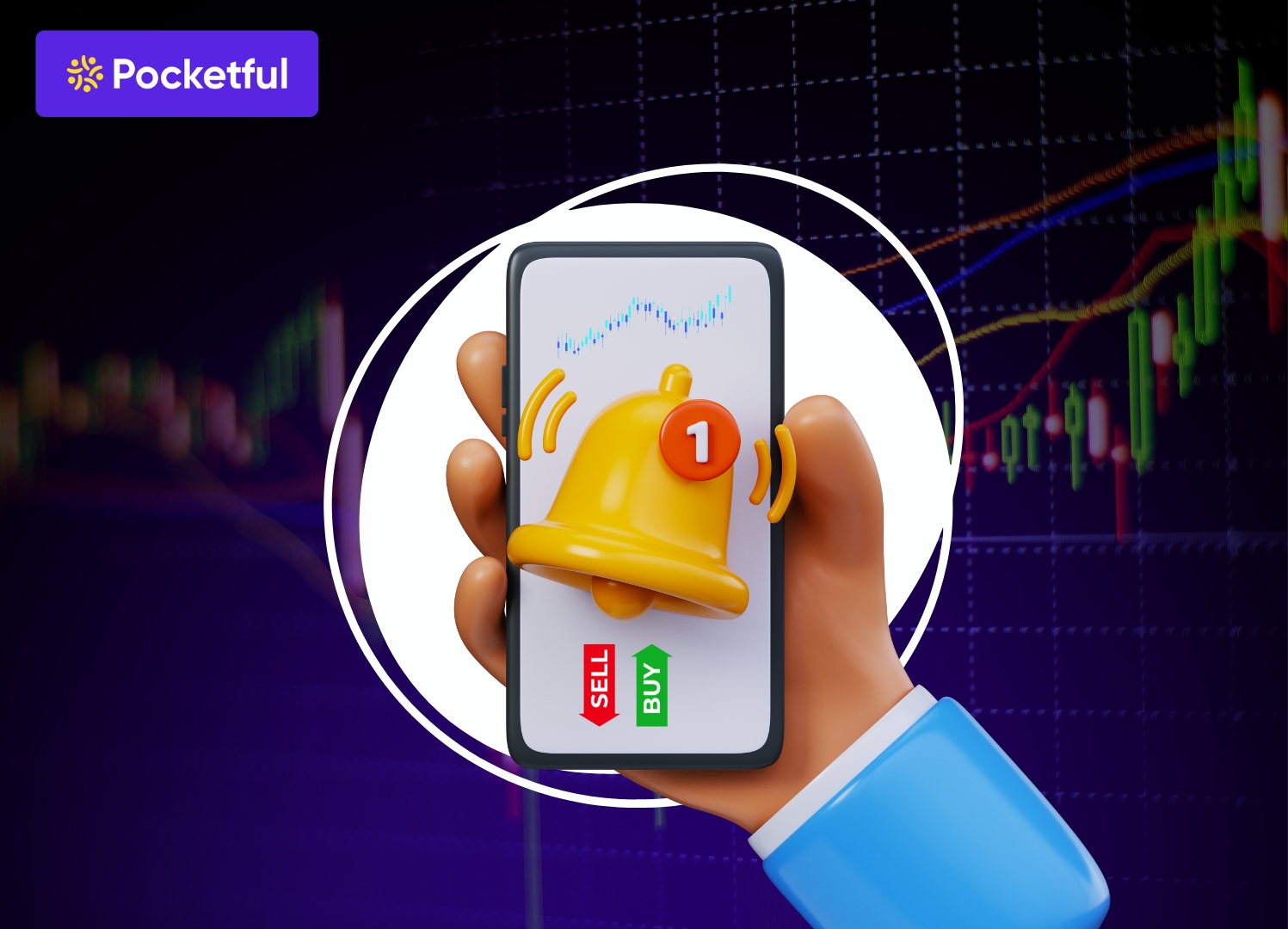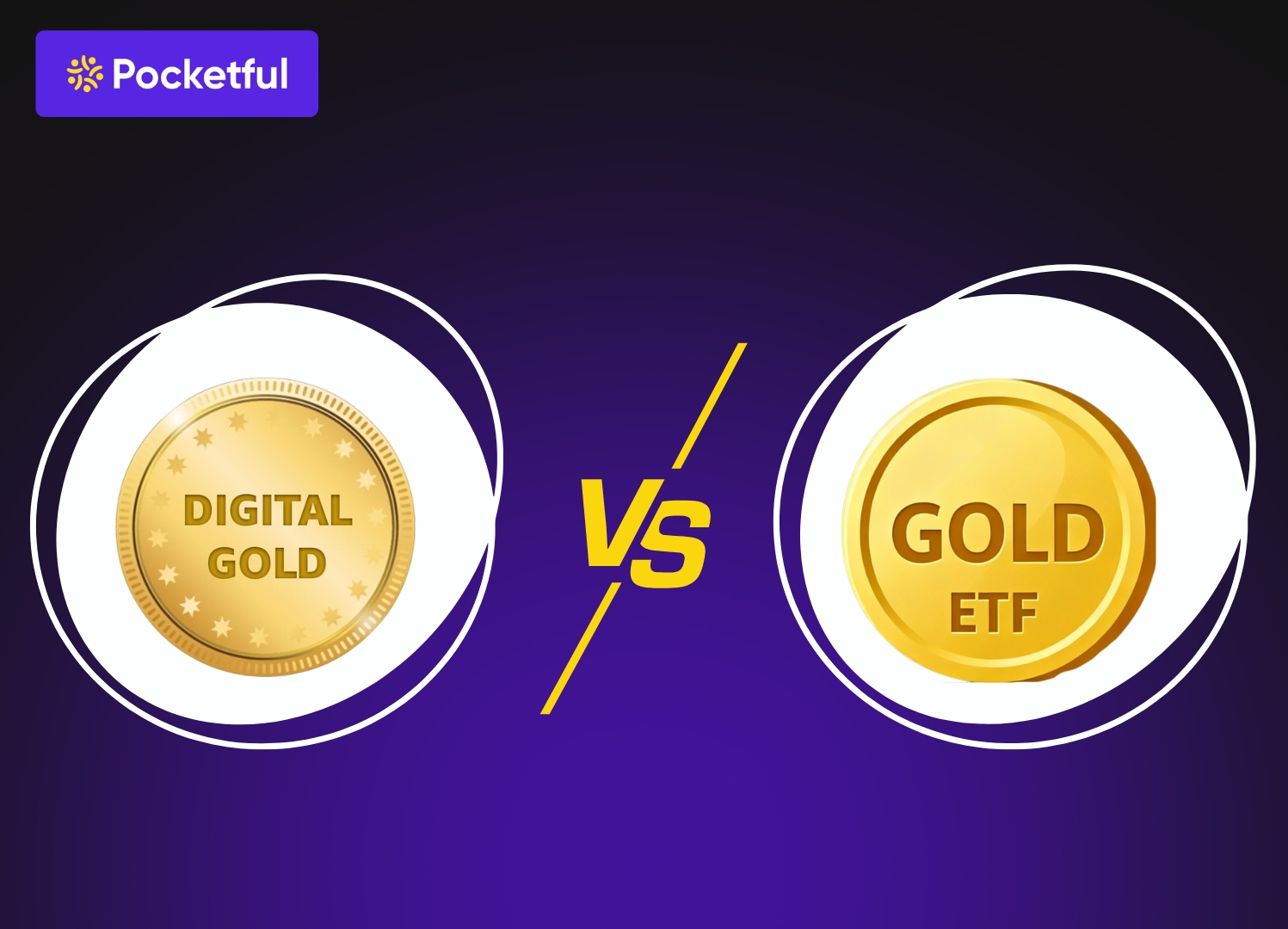JioHotstar is a company that was made after the two giant players joined hands, the merger took place between Reliance’s Viacom 18 and Disney’s Star India. Together these two companies created a new entertainment company named JioStar. Imagine the two biggest players in Indian entertainment joining hands. That’s what this JioHotstar Company case study is all about. It looks at the huge merger between Reliance’s Viacom18 and Disney’s Star India. Together, they have created a new entertainment giant joint-venture called JioStar.
It was a massive deal of about Rs.70,352 Cr which created this new entertainment company. The new company, JioStar, now controls over 100 TV channels and two of India’s biggest streaming apps, JioCinema and Hotstar. These two apps have now become one, called JioHotstar, reaching over 750 million people.
Reliance is being led by Mukesh Ambani on one side and after the introduction of Jio in the telecom world he wanted to move toward the segment of movies, online series and shows. On the other side was Disney which is one of the global entertainment giants that owned channels like StarPlus and the Hotstar app, but Disney was spending a lot of money on running the company as well as the high cost of cricket broadcasting rights. For Disney, this merger was a smart way to cut its losses while still owning a big part of a much stronger company.
Star India was facing financial troubles in 2024 and also reported a Rs.12,548 Cr. loss and on the other hand Reliance was pouring money into its media business and even added another Rs.11,500 crore in cash to the new company. This shows that Reliance with its cash flow took over Disney’s struggling Indian business to create a market leader that it now controls.
JioHotstar Company Business Model
JioStar’s is not just having a popular entertainment app, it has a complete ecosystem that is hard for others to compete with. The company now owns the studios of both Star and Viacom18, so it can create its own movies and TV shows. It has a massive collection of content, from popular TV serials and Bollywood movies to, most importantly, exclusive rights to highly watched sports in India. This turns out to be its biggest advantage where they have hit TV channels like StarPlus and Colors. They have the JioHotstar app for online streaming. And, most importantly, they have Reliance’s Jio mobile network, which has over 450 million users, and JioFiber for home internet. This gives them a direct line into millions of Indian homes, something no competitor has.
Read Also: Nestle India Case Study
How They Make Money of JioHotstar
JioStar has two main ways of earning money:
1. Subscribers
The company uses a “Freemium” model meaning most of the content available is free to watch, making people interested and gets them to download the app, a similar strategy that was used by Jio to get millions of new mobile and network customers. The strategy is to get you hooked first and then introduce the paid plans, you get your hands on the premium version starting form Rs.149 for three months and enjoy an ad free entertainment.
2. Advertisement
With exclusive rights to huge events like the IPL and ICC cricket tournaments, JioStar controls the most valuable ad spots in the country. Brands that want to reach millions of viewers during these events have to advertise on JioHotstar. This gives the company the power to charge high prices for ads.
The business revolves around the valuable data that it gets from its millions of users and what they are interested in watching, simultaneously the company uses this data to know what kind of shows to make next. This data can also be combined with information from Jio’s mobile and retail businesses to create detailed customer profiles. This helps them show you targeted ads and sell other Reliance products, giving them a long-term advantage.
The Marketing Strategy of JioHotstar Company
A Perfect Match
The launch campaign was perfectly timed around Valentine’s Day and the merger was presented as a “perfect match” between JioCinema and Disney+ Hotstar.
They used fun, back-and-forth messages on city billboards and social media. A JioCinema billboard might say, “Looking for someone who digs cricket, reality shows and live concerts, Know Anyone?” A nearby Disney+ Hotstar billboard would then reply, “Cricket is my love language, who wants to match this Valentine’s Day?”. This created a lot of buzz and made people curious.
They also teamed up with the matchmaking website Shaadi.com. to put up its own billboards next to the JioHotstar ads, saying, “Badhai ho JioHotstar! Aisi jodi toh hum sab deserve karte hain” (Congratulations JioHotstar! We all deserve a match like this). This made the “perfect match” idea even stronger and more memorable.
“Infinite Possibilities”
The new brand focus revolves around endless choice and big ambitions. The new logo, a starburst, and the tagline, “Infinite Possibilities,” tell you that this platform is more than just a place to watch shows. The colours of the logo mix Jio’s blue with Hotstar’s warmer entertainment colours, showing a blend of technology and creativity.
Read Also: Intel Case Study
Financials Analysis of JioHotstar Company
To understand how big this deal is, we need to look at the money involved. The Financials analysis of JioHotstar Company shows the huge value of the new company and the financial health of the two partners before they joined.
The Financial Story Before the Merger
The two companies were in very different places financially before they came together.
- Star India’s Big Loss: In the year 2024 Star India reported a massive loss of Rs.12,548 crore. The main reason was the very expensive $3 billion deal for the ICC cricket streaming rights. The high cost of these rights, combined with challenges in monetizing them sufficiently through subscriptions and advertising, contributed heavily to the reported losses.
- Viacom18’s Growth Gamble: On the other hand, Viacom18’s income grew by an impressive 75% to Rs.8,032 crore. But it also made a loss of Rs.252 crore because it was spending a lot on sports and its app to gain more users. Their plan focused on growing the company and not focusing on profits.
The merger aims was to develop a profitable company by combining their strengths and cost cutting.
SWOT Analysis of JioHotstar Company
A swot analysis of the JioHotstar Company helps us understand the new company’s strengths and weaknesses, as well as the opportunities and threats it faces in the market.
Strengths
- Diversified Content: Disney HotStar gives users a mix of Live sports (cricket), Best Indian TV shows and also world class entertainment from Disney, HBO etc.
- Massive Reach: The Jio network users and customers of reliance are almost 450 million, which enhances the reach and helps in reaching the new customers existing in the company’s user base.
- Strong Financial Backing: Reliance is a financially strong company that pools in money to invest in content, technology, and marketing.
- Market Leader: The merger has created the biggest media company in India, giving it a lot of scope to expand.
Weaknesses
- High Costs: The rights for premium content, especially cricket, are very expensive which was earlier a financial challenge for Star India and is now a challenge for this new company.
- Merging Challenges: Combining the technology, teams, and cultures of two huge companies is difficult to cooperate as some problems can arise in the short run.
- Cricket Dependency: While cricket is one of the biggest strengths, depending only upon it could be risky. If the company loses the streaming rights, it could lose many subscribers.
Opportunities
- Bundling Offers: Selling the premium subscription with Jio mobile and internet plans is one of the leading opportunities for the company, keeping customers reliant on the Reliance ecosystem.
- Regional Content: There is a growing demand for regional reality shows, sports and movies in regional Indian languages, this can be a great opportunity as Jio can directly target the new emerging regions.
- Global Opportunity: The platform can target the Indian diaspora living in foreign countries like USA, UK, Canada etc. and cater them with their favourite Indian shows.
Threats
- Government Scrutiny: The Competition Commission of India (CCI) is worried about the monopoly of the company on cricket rights which could turn out to be a legal trouble for them.
- Competitive Market: Global giants like Netflix and Amazon Prime Video are also spending a lot of money to gain new users in India.
- Subscription Fatigue: Users are streaming on various platforms and paying multiple subscriptions, which could be a challenge as keeping the subscribers stick to the same company.
- Piracy: The illegal online streaming of movies and sports, availability of paid content for free can reduce the company’s income.
- Revenue Risk: Volatility in advertising revenues due to economic cycles and shifts in marketing spends.
Read Also: Lenskart Case Study
Conclusion
The merger of Reliance’s Viacom18 and Disney’s Star India has created a new giant in the entertainment market. This media giant has unmatched power and scaling capacity. The new company, JioStar, is built on a foundation to provide the best content with the biggest distribution network that comes with the financial strength of Reliance. The success of this mega-merger will not just decide the future of one company, it will change the entertainment world for a billion Indians.
| S.NO. | Check Out These Interesting Posts You Might Enjoy! |
|---|---|
| 1 | Zara Case Study |
| 2 | Reliance Power Case Study |
| 3 | McDonald’s Marketing Strategy – Case Study |
| 4 | Zepto Case Study |
| 5 | Meesho Case Study |
| 6 | Kalyan Jewellers Case Study |
| 7 | Urban Company Case Study |
| 8 | Rapido Case Study |
| 9 | CRED Case Study: |
| 10 | Parle Case Study |
| 11 | Haldiram’s Case Study |
Frequently Asked Questions (FAQs)
What is JioStar, and how is it different from JioHotstar?
JioStar is the name of the new parent company formed by the merger and JioHotstar is the name of the streaming app that JioStar owns, which combines JioCinema and Disney + Hotstar all in one.
What happens to my old JioCinema or Disney+ Hotstar subscription?
Your existing subscription will be moved to the new JioHotstar platform smoothly and will get updated in the new JioHotstar app.
Can we watch IPL without subscription for free?
JioCinema streamed the IPL for free to get more users, but the new JioHotstar platform is focused on getting paid subscribers, so you must shift to the paid plan for such exclusive content.
Who owns the new JioStar company?
Reliance Industries is in control, Viacom18 (which is mostly owned by Reliance) has the biggest share at 46.82%, Disney has 36.84%, and Reliance Industries has a direct share of 16.34%.
How big is this new company?
It is now the largest media and entertainment company in India. It is valued at $8.5 billion (over Rs.70,000 crore), has over 100 TV channels, reaches more than 750 million people, and is expected to earn around Rs.26,000 crore every year.










